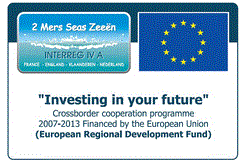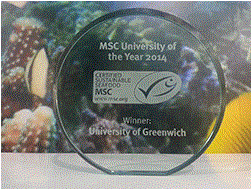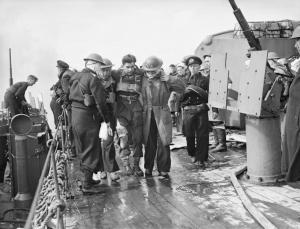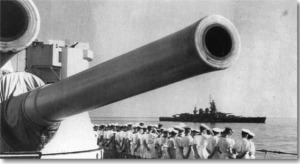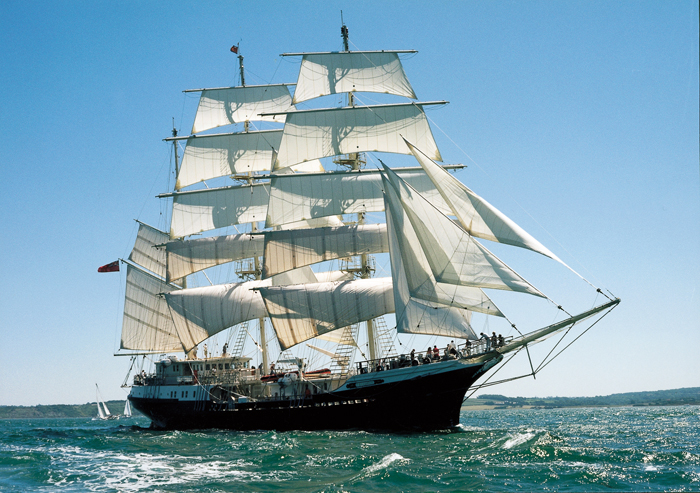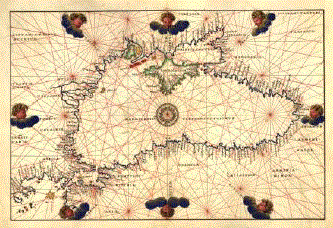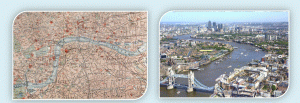Robert’s background
Robert Forrester spent twenty years at sea as a deck officer, the last ten of them with Royal Mail Line making frequent voyages to South America prior to leaving the sea in 1965.
The next twenty-odd years were spent involved with newspaper and magazine publishing, latterly as MD of the company producing magazines for British Airways, and others.
Following his retirement he studied for an MA (2001) in Maritime Studies at the Greenwich Maritime Institute followed by a PhD in 2006 and now he sees his book available to buy a many good book stores.
What the book is about
During the nineteenth century Britain’s maritime, commercial and colonial interests all depended upon a regular and reliable flow of information from around the globe. Whilst the telegraph increasingly came to dominate long-distance communication, postal services continued to play a vital role in this network of information exchange, particularly to the more distant locations. Consequently, much importance was placed upon international mail services by the British government and the Admiralty, who provided large subsidies to commercial companies to run these concerns.
Concentrating on the mail service between Britain and South America, this book explores the economic, maritime and political aspects of the Royal Mail Lines company, who held Admiralty and Post Office mail contracts between 1851 and 1965.As well as providing a business history of the Royal Mail Lines, the book reveals the many and varied consequences of maintaining a long-distance mail service.
Improved ship design, the establishment of a network of coaling stations, the availability of inexpensive transatlantic passenger crossings for immigrants, increased cargo capacity allowing increased imports of coffee and frozen beef to Europe, the linking of South America to international markets and commercial opportunities, were just some of the spin-off benefits of Britain’s subsidised mail services.
The book also addresses the international competition faced by Royal Mail Lines, which reflected Britain’s diminishing dominance of global trade and shipping. In all this book has much to say that will interest not only business historians, but all those seeking a better understating of Britain’s maritime and economic history, and changing patterns of global information exchange.
For more information or to purchase a copy click here





